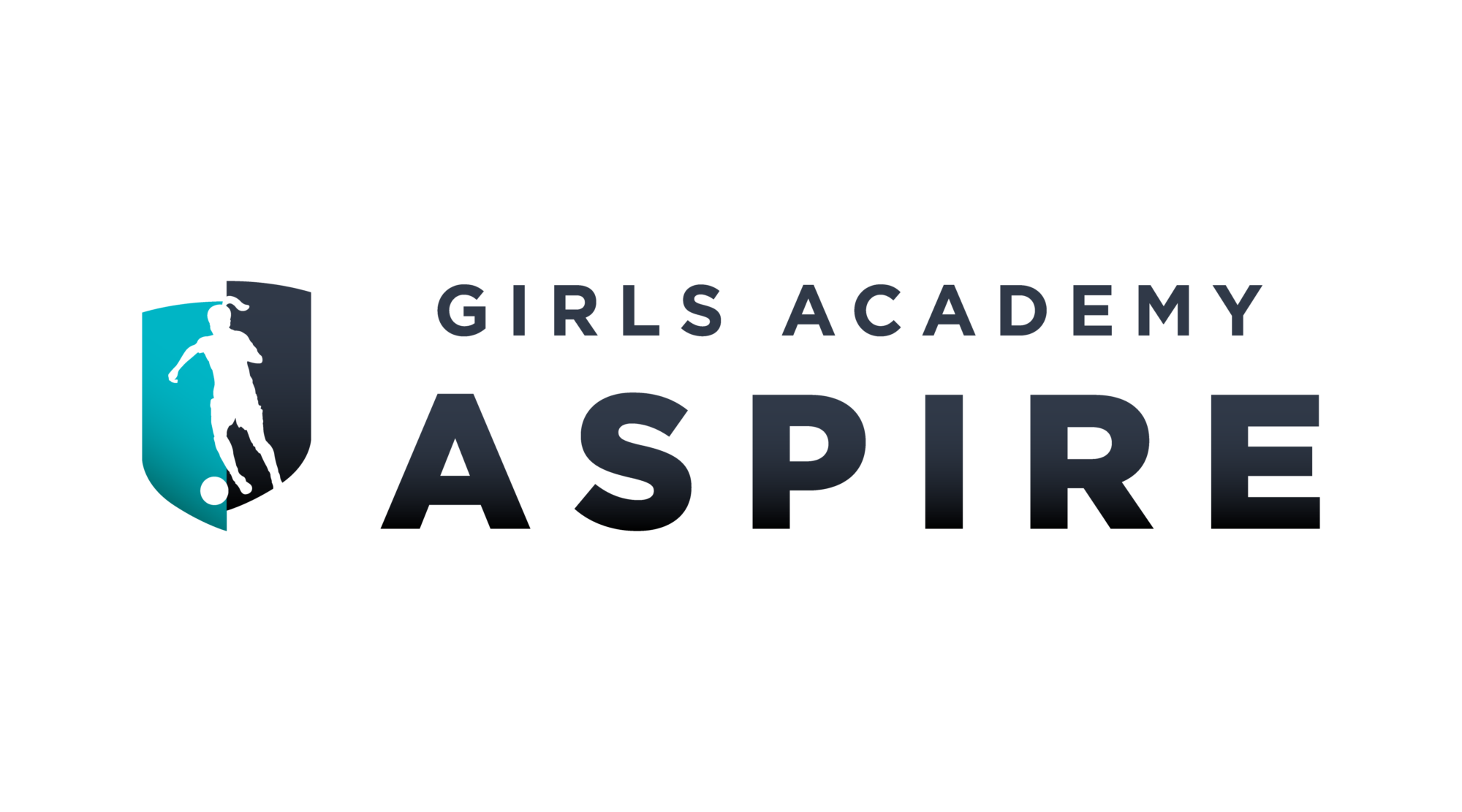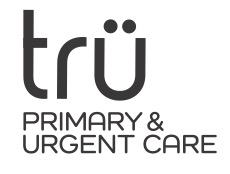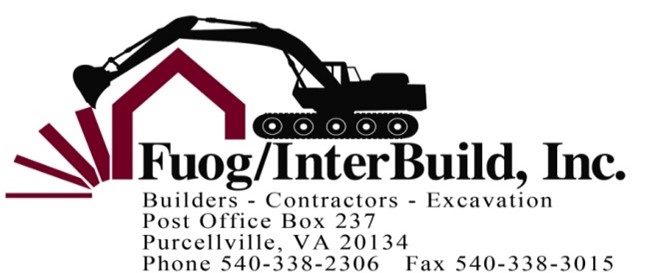May 19, 2025
Snapping Hips: Why Your Hips Sometimes Click or Pop
by The Center for Advanced Orthopaedics Powered by MedVanta
Have you ever stood up and stretched your legs, then heard a click, pop, or snap coming from your hip? You’re not alone. Many people experience this strange sensation called “snapping hip” while doing normal day-to-day activities. Others experience it during vigorous exercise. In fact, about 5-10% of the population experiences snapping hip. While the snapping sound can be a little unnerving, it’s usually not a cause for concern. However, if you’re experiencing pain, weakness, or swelling, you should consult an orthopaedic specialist.
Understanding the Anatomy of a Hip
The hip is one of the largest and most complex joints in the body. It’s a ball-and-socket joint, where the head of the femur (thigh bone) fits snugly into the acetabulum (the cup-like part of the pelvis). Around the joint are muscles, tendons, ligaments, and bursae (small fluid-filled sacs that reduce friction).
When something in that structure rubs, catches, or shifts over another part, it can make a clicking, popping, or snapping sound.
The technical name for this condition is Snapping Hip Syndrome (SHS), also known as coxa saltans or dancer’s hip, especially since it’s common in dancers and athletes. According to the NIH, women seem to experience SHS more than men. There are three main types of snapping hip, and each has its own cause.
External Snapping Hip
This is the most common type of snapping hip. It happens when a tendon or muscle, often the iliotibial (IT) band or gluteus maximus, slides over the greater trochanter, a bony bump on the side of your thigh bone.
You’ll likely notice:
- A snapping or popping sound on the outside of your hip
- It often happens when walking, running, or climbing stairs
- It might or might not be painful
Why it happens: Tight or overused muscles in the hip and thigh can increase tension on these tendons, especially during repetitive movement.
Internal Snapping Hip
This type occurs deeper inside the hip, often caused by the iliopsoas tendon (a major hip flexor) snapping over a bony ridge in the pelvis or the femoral head.
You may feel:
- A click or pop in the front of the hip
- A snapping sensation when standing up from a chair or lifting the leg
- A deep ache or discomfort in the groin
Why it happens: It’s often due to muscle imbalances, tight hip flexors, or overuse, especially in activities like running, martial arts, or gymnastics.
Intra-articular Snapping Hip
This version is less common but can be more serious. The snapping sound comes from inside the joint itself, and is usually caused by something abnormal like:
- A labral tear (damage to the cartilage rim around the socket)
- Loose bodies (small fragments of bone or cartilage floating in the joint)
- Hip impingement or arthritis
In this case, you might experience:
- Clicking or catching deep inside the hip
- Pain with movement or weight-bearing
- Decreased range of motion
Why it happens: Intra-articular snapping usually results from injury, degeneration, or structural abnormalities and requires medical evaluation.
When Is Hip Popping a Problem?
Here’s the good news: Most of the time, a popping or clicking hip is harmless, especially if it doesn’t hurt.
But there are times when it’s worth seeing a healthcare provider, especially if:
- The popping is painful
- Your hip feels unstable or weak
- You experience swelling, stiffness, or reduced range of motion
- The sensation came on suddenly, especially after an injury
Ignoring symptoms could lead to more serious issues like bursitis or a labral tear, so it’s best to check in with a medical professional if anything feels off.
Preventing and Treating Snapping Hip Syndrome
The treatment for a clicking hip depends on the cause, but here are some general tips that can help:
Stretch and Strengthen
Tight muscles are often the culprit, so regular stretching of the hip flexors, IT band, hamstrings, and glutes can relieve tension. Strengthening your core and hip stabilizers (like the glute medius) can also help support the joint and reduce strain.
Modify Your Activities
If you’re an athlete or do repetitive hip movements (think dancing, running, or martial arts), try adjusting your training routine or adding more cross-training to avoid overuse.
Use Ice and Anti-Inflammatories
If you’re feeling sore or inflamed, rest, ice, and over-the-counter NSAIDs (like ibuprofen) can help relieve pain and reduce swelling.
Physical Therapy
A physical therapist can evaluate your movement patterns and develop a custom plan to stretch tight muscles, strengthen weak ones, and improve your biomechanics.
Surgery
In severe cases — like labral tears or when conservative treatments don’t work — surgery may be needed to fix structural issues. This is usually done via minimally invasive arthroscopy.
Keep Your Hips Healthy
The occasional pop or click in your hip might sound strange, but it’s usually nothing to worry about. With the right care, movement, and strengthening, most people can prevent or manage snapping hip without invasive treatments.
Still, it’s always a good idea to listen to your body. If something doesn’t feel right — especially if it hurts — don’t ignore it. A quick visit to an orthopaedic doctor or physical therapist can give you peace of mind and a path forward.
FAQ: Snapping Hip Syndrome
How can I stop my hip from popping?
To reduce hip popping:
- Stretch your hip flexors, IT band, and glutes regularly
- Strengthen your core and hip stabilizing muscles
- Avoid repetitive motions that irritate the joint
- Consider physical therapy to improve your movement patterns
If the popping continues or becomes painful, consult a hip specialist at The Centers for Advanced Orthopaedics.
Is it normal for hips to pop?
Yes, in many cases, it’s completely normal. A painless clicking or popping sound when moving your hip can simply be tendons sliding over bone. However, if it’s painful, persistent, or affects your mobility, it’s worth getting it checked out.
How do you fix a hip that feels like it needs to pop?
If your hip feels like it needs to pop, gentle stretching can often help relieve the tension. Try hip flexor, hamstring, and glute stretches. Avoid forcing the joint to pop — that could cause more harm than good. If it’s a regular issue, talk to a physical therapist to identify the root cause.
Does hip popping mean arthritis?
Not always. While hip popping can sometimes be associated with arthritis or labral tears, it’s more commonly caused by benign conditions like snapping tendons. That said, if you have pain, stiffness, or a grinding sensation along with popping, a doctor may recommend imaging to rule out arthritis or other joint issues.
Minimize Risk. Maximize Performance.
At MedVanta, we are dedicated to helping athletes reach their full potential. By integrating innovative tools like mini band, we aim to provide effective, practical solutions for injury prevention and performance enhancement. Try these exercises and experience the benefits of mini bands for yourself!
For more tips, injury prevention tools, and personalized training plans, reach out to us at MedVanta: movement@medvanta.com or 1-844-MVA-MVMT (844-682-6868). We’re here to support your journey to peak performance!
VantaStat – Quick Access to Musculoskeletal Care
Injured or hurt? Thinking of going to the ER or urgent care? Save time and money.
VantaStat connects you to top-tier CAO orthopedic specialists when & where you need it most. Available 365 days a year. Just call 844-Vanta365 (that’s 844-826-8236) or download the VantaStat app today.





























